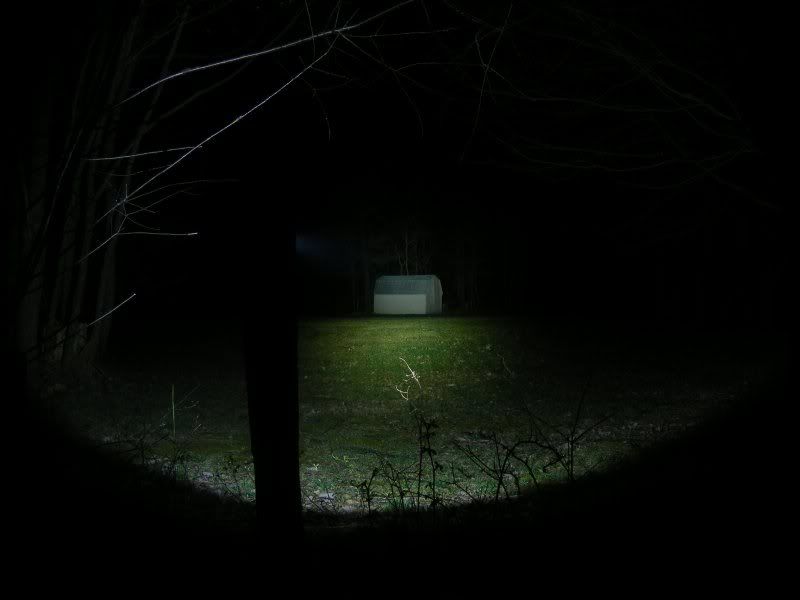Is it the holy grail? Hi, I’m new around here and trying to learn all I can. [Un]fortunately, there is a lot of information to soak in and it seems a bit daunting. In my introduction, I got some great responses, and I’m hoping to learn more here. Sometimes, I find, it’s best to just ask the questions for a good start.
When I started this thread, I was just going to ask a simple question: Can you guys recommend some simple builds for my needs? Specifically, I want a single 18650 (and/or 3XAAA) light that’s easy to assemble but a good quality. I want a thrower, but don’t mind a little flood too (can you DIY a zoomie?). I really like bright…but that’s obvious. I’m hoping for links to specific parts, not just a bunch of model #s I don’t understand yet. Also, I’d like to keep it under $20 if possible, but I do have a touch of wiggle room there. Also, to add another hoop, I really think I like fasttech.com as a supplier after reading through a ton of reviews on a lot of suppliers. That’s not a mandate on this, but a request if possible.
However, I would also like to add another request: Can you, whether or not you help with the above task, explain what the parts are and how they interact? I mean, I get body, emitter, driver, and switch, but I don’t really understand what some of that stuff (or other stuff) means really. I understand what they are, but not necessarily how they all interact with one another or why you use one driver with one emitter but not with another, or one host or whatever.
I know you may not agree that building one is the best bet for a beginning enthusiast, but it’s the way I like to learn. And this is my game, dang it, so don’t play if you don’t want to. ![]()
PS: One more question — I’m working on gaining some perspective on this whole lumens (or lux?) thing. Can anyone tell me what the average ratingss are on some common lights? Maglights and Harbor Freight freebies (9 led 3XAAA crap) are easy enough for me to understand.
